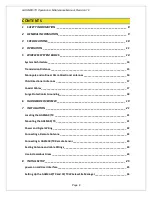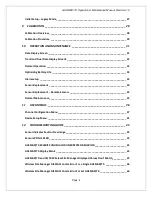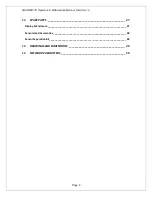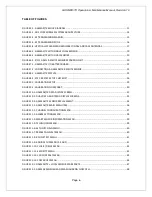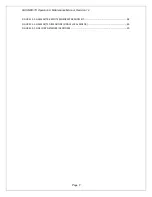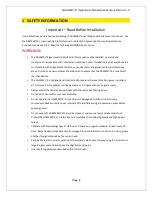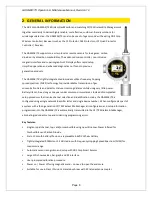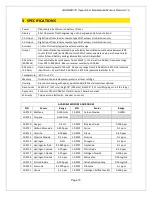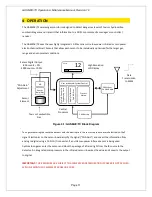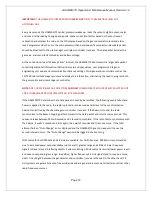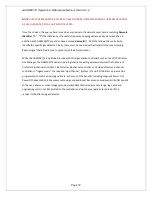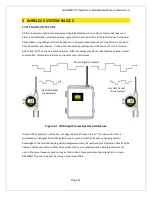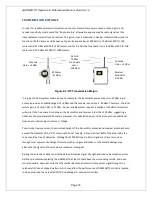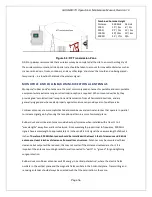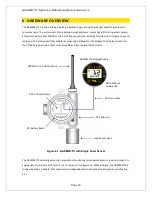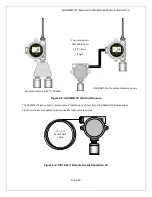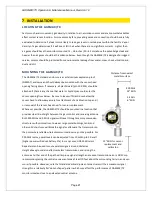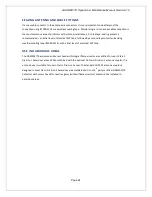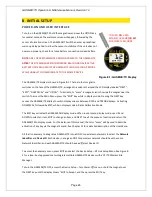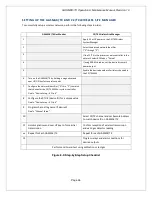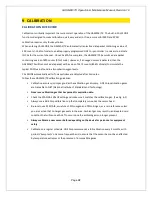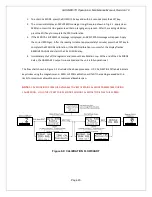
GASMAX/TX Operation & Maintenance Manual, Revision 1.0
Page 17
YAGI DIRECTIONAL ANTENNAS
Yagi antennas are directional along the central beam of the antenna. The folded element is towards the
back and the antenna should be “pointed” in the direction of the transmission. Yagi antennas should also
be mounted with at least 1 to 2 wavelengths of clearance from other objects. The polarity of the antenna
is the same as the direction of the orthogonal elements. For example, if the elements are vertical the Yagi
transmits with vertical polarity.
In networks spread over wide areas, it is common for a central receiver / controller to have an omni-
directional antenna (such as a collinear) and the remote GAMAX/TX monitors to have Yagi directional
antennas. In this case, as the omni-directional antenna will be mounted with vertical polarity, then the
Yagi’s must also have vertical polarity (see Fig. 5-3). Care needs to be taken to ensure the Yagi is aligned
correctly to achieve optimum performance.
Two Yagi antennas can be used for a point-to-to link. In this case they can be mounted with the elements
horizontally to give horizontal polarity. There is a large degree of RF isolation between horizontal and
vertical polarity (~30dB) so this installation method is recommended if there is a large amount of
interference from another system close by transmitting in vertical polarity.
Figure 5-4: Vertically Polarized Omni-Directional and YAGI Antennas
COAXIAL CABLES
When installing a coaxial cable between the GASMAX/TX and a remote antenna, constructing a loop of
cable below the antenna is always recommended. The loop allows water to drip off the bottom of the U
Always mount YAGI antennas with the
primary elements
oriented in the same
direction
as any omnidirectional
antennas in the same system

